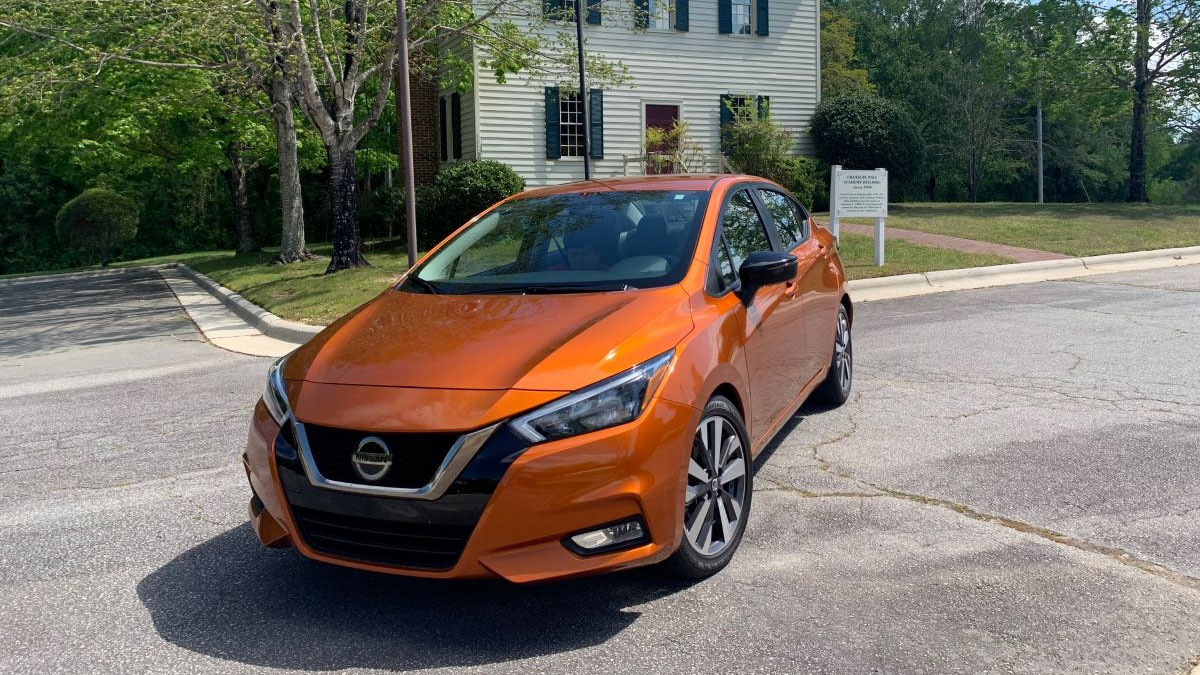The Global Chip Shortage and the Automobile Industry: What’s Ahead?
The global chip shortage crisis explained. The pain of the world’s shortage of semiconductor chips has been shared widely but unevenly across industries, and in perhaps no sector has the impact been more devastating than in automotive. Since the shortage took root, a pecking order has taken shape in terms … Read more



